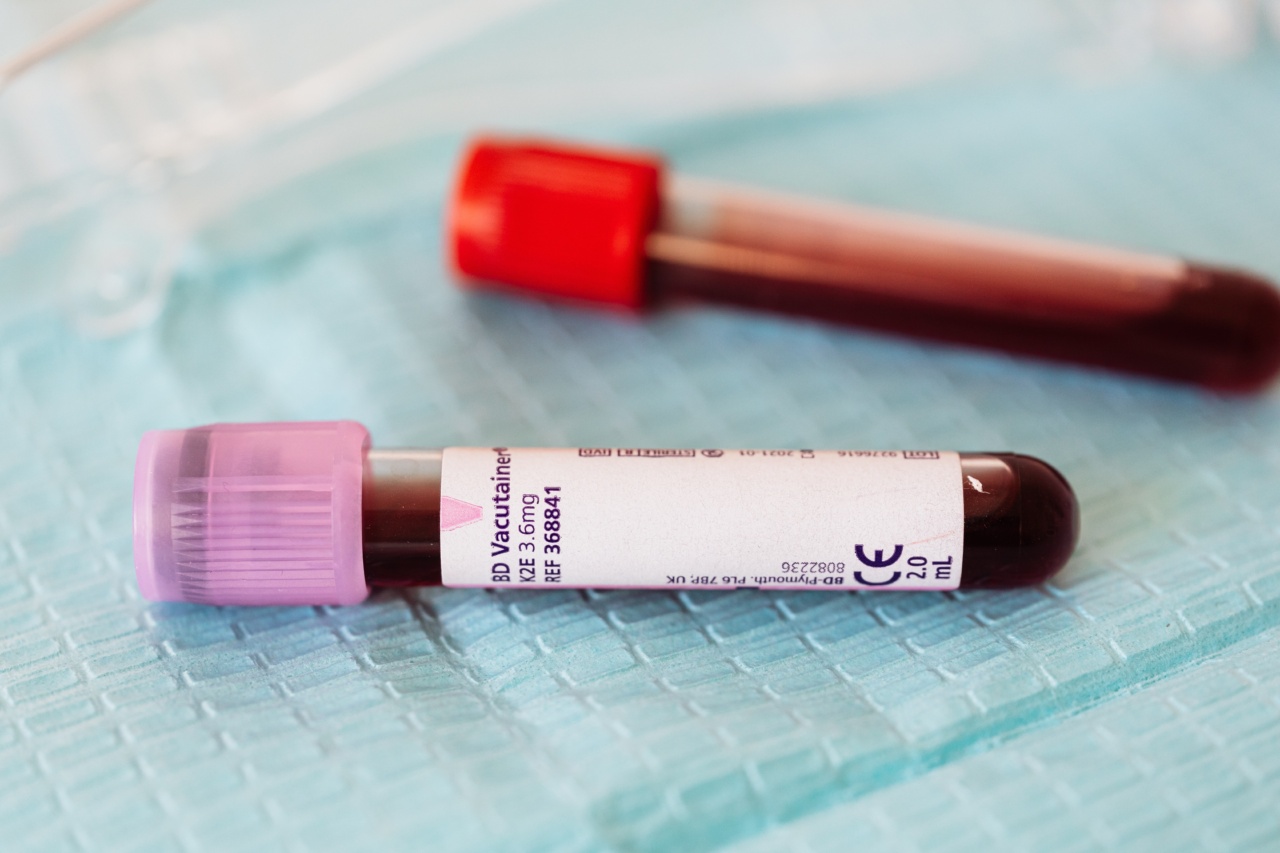Varicose veins are enlarged, twisted veins that typically appear near the surface of the skin. They are most commonly found in the legs and feet and often cause discomfort, pain, and cosmetic concerns.
Varicose veins occur when the valves in the veins become weak or damaged, leading to the pooling of blood and the resultant bulging and twisting of the veins.
Causes of varicose veins
Several factors contribute to the development of varicose veins. These include:.
- Family history: A genetic predisposition to weak vein valves can increase the likelihood of developing varicose veins.
- Pregnancy: The changes in hormone levels and increased blood volume during pregnancy can increase the risk of varicose veins.
- Age: Veins can lose elasticity and become weakened over time, making them more prone to varicose veins.
- Gender: Women are more likely than men to experience varicose veins.
- Obesity: Excess weight puts additional pressure on the veins, leading to varicose veins.
- Prolonged sitting or standing: Jobs or activities that require long periods of sitting or standing can contribute to the development of varicose veins.
- Previous blood clots: A history of blood clots can damage the valves in the veins, increasing the risk of varicose veins.
The impact of varicose veins during pregnancy
During pregnancy, the body undergoes various physiological changes that can exacerbate or even initiate the development of varicose veins.
The growing uterus puts pressure on the veins in the pelvic region, hindering blood flow and increasing the risk of varicose veins in the legs. Hormonal changes, specifically elevated levels of progesterone, can cause the walls of blood vessels to relax, which can also contribute to the development of varicose veins.
Varicose veins during pregnancy may cause discomfort and pain, including aching, throbbing, or a sense of heaviness in the legs. Swelling, particularly in the ankles and feet, is also a common symptom.
Additionally, varicose veins can lead to itching, restlessness, and increased sensitivity in the affected areas.
When to treat varicose veins during pregnancy
Deciding whether to treat varicose veins during pregnancy requires a careful evaluation of several factors, including the severity of the symptoms, potential risks to the mother and baby, and the effectiveness of available treatment options.
Severity of symptoms
If the symptoms of varicose veins during pregnancy are mild and manageable, conservative measures can be initially employed to alleviate discomfort. These measures include:.
- Wearing compression stockings: Compression stockings apply pressure to the legs, improving blood flow and reducing swelling.
- Elevating the legs: Raising the legs periodically throughout the day helps to alleviate pressure on the veins.
- Engaging in regular exercise: Low-impact exercises, such as walking or swimming, promote circulation.
- Maintaining a healthy weight: Managing weight gain during pregnancy can reduce the strain on the veins.
If conservative measures fail to provide relief or if the symptoms are severe, it may be necessary to seek medical treatment for varicose veins during pregnancy.
Risks to the mother and baby
When considering treatment options for varicose veins during pregnancy, potential risks to both the mother and baby must be carefully weighed.
In some cases, certain treatments may carry risks that outweigh the benefits, while in other instances, untreated varicose veins may pose greater risks.
It is vital to consult with a healthcare provider who specializes in vein conditions, such as a vascular surgeon or a phlebologist, to assess the risks and benefits of treatments during pregnancy.
Treatment options during pregnancy
Before embarking on any treatment for varicose veins during pregnancy, it is crucial to note that not all treatment options are suitable during this period.
Some common treatment options, such as vein-stripping surgery and endovenous laser treatment, are generally not recommended during pregnancy due to the risks involved.
However, there are certain pregnancy-safe treatment options that can help alleviate symptoms. These include:.
1. Compression stockings or socks
Compression stockings or socks are often recommended as the first line of treatment for varicose veins during pregnancy. They improve blood circulation, reduce swelling, and alleviate pain and discomfort.
These stockings are available in various strengths and lengths, and your healthcare provider can guide you in selecting the most suitable option.
2. Lifestyle modifications
Simple lifestyle modifications can have a significant impact on managing varicose veins during pregnancy. These modifications include:.
- Avoiding prolonged periods of sitting or standing
- Taking regular breaks to walk or stretch
- Keeping the legs elevated
- Avoiding crossing the legs while sitting
- Engaging in regular low-impact exercise
- Maintaining a healthy weight
3. Sclerotherapy
Sclerotherapy is a non-surgical procedure that involves the injection of a solution into the affected veins, causing them to collapse and fade away.
This treatment is typically safe during pregnancy, and multiple sessions may be required for optimal results. However, it is important to discuss the risks and benefits with your healthcare provider before proceeding.
Postponing treatment until after pregnancy
In certain cases, it may be advisable to delay varicose vein treatment until after pregnancy.
If the symptoms are manageable and the risks associated with treatment outweigh the potential benefits, healthcare providers may suggest waiting until after delivery.
It is important to note that varicose veins developed during pregnancy may improve or disappear on their own within a few months of giving birth.
However, if symptoms persist or worsen, it is essential to seek medical attention for appropriate diagnosis and treatment.
Prevention and care
While it may not be possible to completely prevent varicose veins during pregnancy, the following measures can help minimize the risk and alleviate symptoms:.
- Regular exercise to promote healthy blood circulation
- Avoiding standing or sitting for prolonged periods
- Maintaining a healthy weight
- Wearing compression stockings
- Elevating the legs whenever feasible
It is also essential to keep regular prenatal appointments to monitor the health of both the mother and baby. A healthcare provider can provide personalized advice on how to manage varicose veins during pregnancy based on individual circumstances.




























